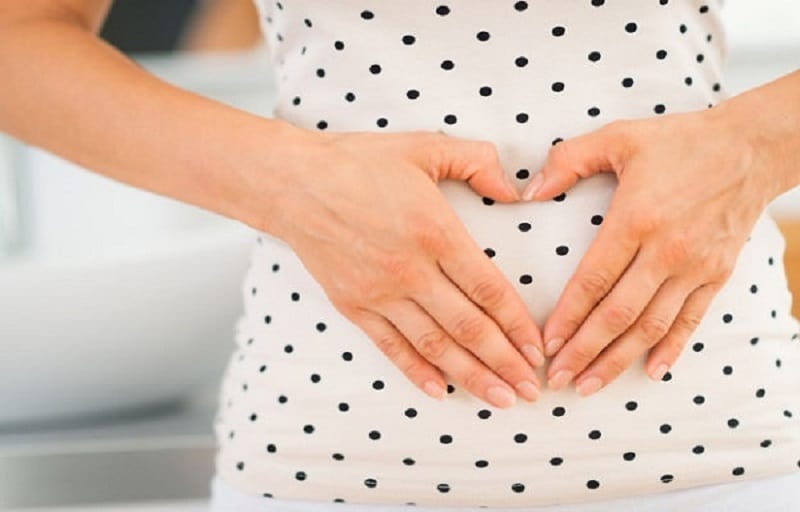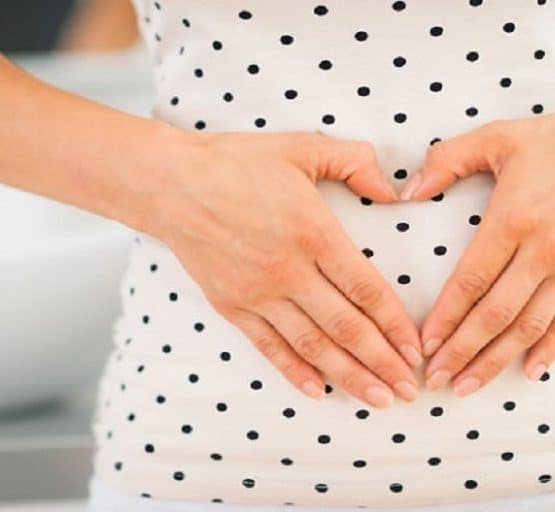The connection between IVF and twin pregnancy
It is a known fact that there is often a connection between the IVF procedure and twin pregnancy. There have been numerous cases where a surrogate or the intended mother bear twins or triplets when they go through IVF procedure.
The chances of a twin pregnancy are higher since multiple embryos are transferred to the intended mother or the surrogate in one IVF cycle in hopes of at least one of the embryos successfully implanting themselves. This is a practice followed by all fertility clinics keeping multiple factors in mind, such as:
-
Transferring multiple embryos mean that the chances of at least one of them implanting successfully and leading to a fruitful pregnancy.
-
IVF is a financially demanding programme. The intended parents may not be financially equipped to perform the procedures over and over again.
-
Performing the embryo transfer over and over again may also produce undesired medical complications to the surrogate or the intended mother. Transferring multiple embryos in a single cycle will reduce these chances.
-
Multiple failed IVF attempts will put the intended parents through humongous emotional pain. Reducing the number of attempts is lesser heartbreak.
However, there is always a chance of all the embryos implant successfully and hence, not more than three embryos are transferred in a single cycle.More does not always equate to merrier. In the event of all embryos getting implanted successfully, carrying multiple foetuses to term is not only tricky but also medically risky.
Guaranteed chances of twin pregnancy
Now that we understand the connection between IVF fertility treatment and multiple pregnancies, we address the elephant in the room. All intended parents have choirs if they will have twins or triplets; so that they could best prepare for the situation. However, it is not possible for medical professionals to predict the chances of multiple pregnancies during the embryo transfer.
Different fertility clinics use different embryo transfer methods. Two of the most popular embryo transfer methods are:
-
Some fertility clinics transfer 2 out of the best quality embryos from Day-5; known as the blastocyst.
-
Many fertility clinics transfer three embryos from Day-3; 2 of these embryos are of the highest quality while the 3rd embryo will be of lesser quality.
All embryos are tested and graded according to their quality by fertility experts. This process occurs on the 3rd day and the 5th after post retrieval. Each embryo is classified based on their chances of fruitful implantation and growth as a foetus.
Quality of the embryo is one of the significant factors that would amount to multiple pregnancies. The chances of multiple pregnancies could be considered higher if the embryos are of higher quality.
The other major factor that will amount to the chances of multiple pregnancies is the health of the surrogate or the intended mother.
A surrogate is hired by the intended parent(s) or the IVF fertility clinic in cases where the intended mother does not have a healthy and hospitable environment for the foetus. However, the health and lifestyle of the surrogate have to be tested thoroughly to ensure that her body is healthy enough to successfully carry not just one foetus, but two or three foetuses to term.
An embryo transfer is conducted only once the surrogate, or the intended mother is at their most appropriate health condition to bear a child.
In the medical field, especially in cases like IVF, where there are many varying factors, providing guarantee on any matter would be difficult. The best thing for the intended parents to do is to be aware of all possibilities.



